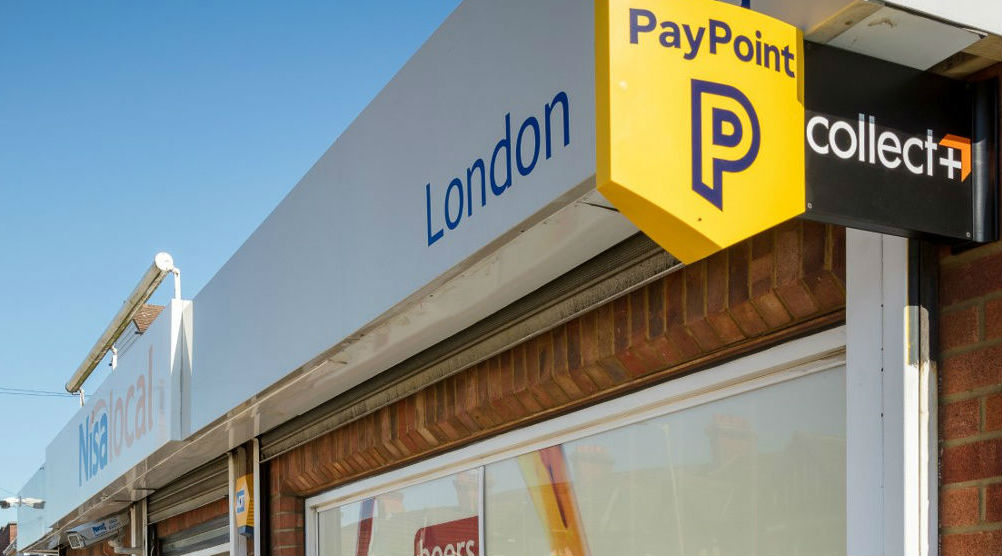Three major factors to consider when choosing a location for your new shop
Here, we outline three key factors to consider when deciding on the location for your business. Ensure your new venture thrives with the right area.
The location of a store is influential on the type of shopper it attracts, the shopping missions they are on and what services the store is best positioned to offer to meet customers’ needs. Below, we outline three factors to consider when deciding on the location for your business and what will help it thrive.
1. Identifying your store location and ideal customer
Have you considered how your store location should determine the services you should offer? HIM, the voice of the shopper and research across the convenience sector, identifies four main types of store location: urban transient, urban neighbourhood, rural transient and rural neighbourhood.
These four locations offer very different shopper missions and have different customer needs. For example, the average age within a rural neighbourhood is 53.2 years, whereas it is 44.3 years in urban transient areas. It is important when choosing a business location to bear these types in mind, as it is no longer enough to offer a ‘one-size fits all’ approach to customers. Which demographic suits your plans best?
2. Providing the services your customers want
Customers have come to expect more than a pint of milk from their local convenience store and research by HIM, has shown that both urban and rural neighbourhood locations over index on customers wanting services such as cash machines, parcels, bill payment and energy top-ups. These shoppers are also on news and magazines or meal for tonight missions.
If you are located in an urban or rural neighbourhood, offering value-added services to your customers is essential, particularly if you want to get ahead of the competition. HIM have identified three main drivers of customers to your store:
- Close to where I live – particularly in rural neighbourhoods
- Friendly and helpful staff – a sense of community is a key consideration in both urban and rural neighbourhood stores
- Close to where I work – greater importance in urban transient stores where convenience is key. Basket spend is also higher here (£6.84 vs. £6.38 convenience shopper average).
Wherever the store location, it is difficult to satisfy the needs of every shopper, but considering your position and adding the right services is important e.g. a food-to-go section near a transport hub. The ACS Local Shop 2019 report shows that consumers think the most valuable service in their convenience store is a cash machine and a click and collect parcel service.
3. Assess the competition
Convenience stores have fierce opposition with discounters, multiples and other retailers offering similar product lines. So, when deciding on your location, identifying nearby competitors will help differentiate your offer and help you stand out from the competition.
For example, if you are near a large supermarket, you might position yourself as a destination store, offering a personal experience that large retailers can’t e.g. homemade jams and crafts or attentive, friendly staff.
If you are rural, offering a parcels service gives customers a convenient place to collect and return online shopping and they are likely to return to your store time and time again. Something we know a thing or two about – Learn more about parcel services here.
So, where would your store ideally be located? Share your thoughts with us on Twitter and Facebook.
Source: The ACS Local Shop report 2019.
Source: HIM and MCA Ltd 2019. CTP 2019.
Further information: https://startups.co.uk/buying-a-business-convenience-stores/
-
- Where to buy tobacco wholesale in the UK
- How to get a licence to sell alcohol
- Three things to consider before visiting a convenience store wholesalers
- Loss leader pricing advantages and disadvantages for your store
- How can cross-selling boost your retail sales?
- What is upselling in retail and how do you implement it?
- 10 retail tips to increase sales in your store
- What is EPoS and how can it help you?
